Alastair Macaulay: This music is just too good for dance
Alastair MacaulayAlastair Macaulay returns with his ongoing Slippedisc reviews of the Philharmonia Orchestra’s 75th season:
Philharmonia Orchestra Sunday 16 January 3pm Bach, Haydn, Mozart
by Alastair Macaulay
With its Sunday afternoon concert at the Royal Festival Hall, the Philharmonia Orchestra began 2022 in the eighteenth century – that’s
to say, with Bach, Haydn, and Mozart, three of the greatest composers of all time. The conductor was the Belgian master of pre-Romantic
music, Philippe Herreweghe. Its soloist, for Haydn’s cello concerto no 1 in C major op. 30, was Steven Isserlis.
Though only a few instruments were baroque-style – notably trumpets and kettledrums – the orchestra’s whole sound was transformed: bright, lean, spruce. The woodwind were superlative. Not lean by eighteenth-century standards.
The concert began with Bach’s fourth orchestral suite, BWV 1069 in D major, which opens with one of Bach’s most stunningly orchestrated chords. Those trumpets sound like ceremonial fanfares over gorgeously long-held harmonies. Kettledrums, part of the rich texture, take a highly deliberate pace (far more so than in Bach’s third suite). It’s the strings and woodwind that then make us feel ground shifting beneath our feet and that the light is changing dramatically with every second.
Herreweghe, who will be seventy-five this year, conducts with wonderfully relaxed fingers, elbows, and knees. Often it’s as if he’s
an onlooker, calmly observing a natural process, responding gently to it with little sways of the torso and pelvis. Now and then, he leads a phrase with an incisive but small movement of the right hand. Sometimes an orchestral figure seems to ripple right down him from
wrist to heel. Once past the long Ouverture, this suite addresses successive French dance forms of Bach’s day: Bourrée, Gavotte, and Minuet, before the final Réjouissance. Bach handles these with terrific energy: the dance pulse is always brisk. Yet this isn’t music for the dance floor; especially in this suite, Bach is invoking dance only to transcend it – he’s seeing the dancing of the spheres.
A similarly brisk, firm pulse begins Haydn’s first cello concerto. The relationship of cello and orchestra here continually switches
courses. Now the soloist weaves slower or faster lines around the ensemble, now he becomes the propulsive main event to which the
orchestra lends a rhythmic accompaniment.
With Isserlis, long, single notes (usually sustained without vibrato) again and again became thrilling tension on top of the orchestral procedure. Elsewhere he was the motor, the furnace that drove the concerto. He did lose some suspense in the middle of the second movement – but then re-established his spell with a superbly contemplative, varied cadenza, after which he drove surely home all the way.
The concert ended with Mozart’s Symphony no 39 in E flat major K543. This is one of the masterpieces in which the composer is testing how much drama and violence the symphonic form can take without losing elegance and wit. Not unlike Bach in that fourth suite, he starts
with thunderingly potent chords for full orchestra, with drums; he, too, then uses his strings to transform the mood, in this case with
celestial, downward-cascading scales. Herreweghe effected this with a magical blend of delicacy and power.
This symphony keeps returning to a sense of tragic crisis, but from many different perspectives. Both the lyrical and the numinous
aspects of Mozart are here; idyllic sequences are threatened by the sense of crisis. The music is quietest in the second movement, when
phrases cross from side to side of the orchestra with question-and-answer-like connection, without reaching any real resolution.
The third movement alternates two kind of three-quarter rhythm: a marvellously thumping rustic one and something altogether gentler,
even consoling. Humour is never absent here – yet force ends up winning the day. The main melodic phrase, though, ends with a steady ascent: Herreweghe gave this a beautiful diminuendo, as if it showed something rising out of sight. And the final movement is a
triumph of energy. Tragedy and fun co-exist, force with finesse. Herreweghe drove it like a winning charioteer who never breaks
sweat.
Nietzsche, in one of his complaints about Wagner, argued that you couldn’t dance to Wagner’s music as you could to anything by Mozart. I’ve hitherto accepted that idea. Not any more after this concert. As early as Bach, German-Austrian composers were thinking of dance rhythms not for feet but for mind and soul. These men were writing dance music too sublime for anyone to dance to.
Alastair Macaulay is the former chief dance critic of the New York Times.

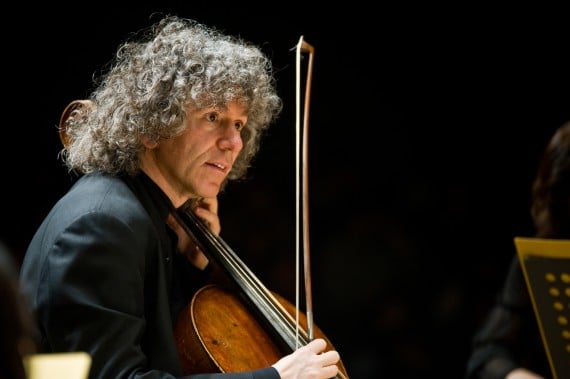
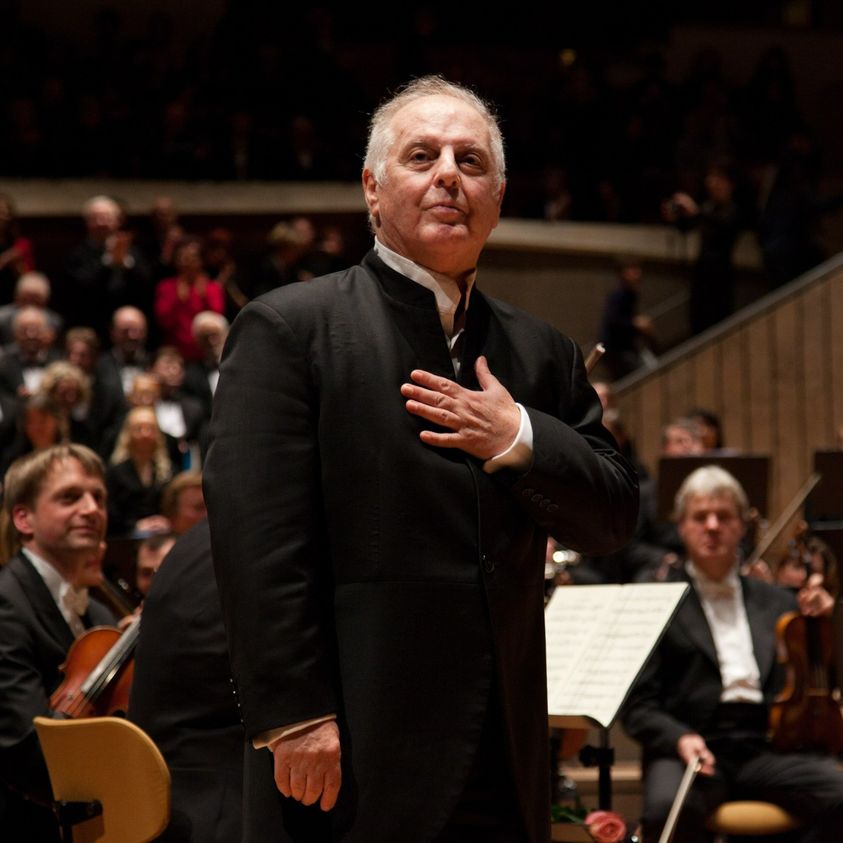
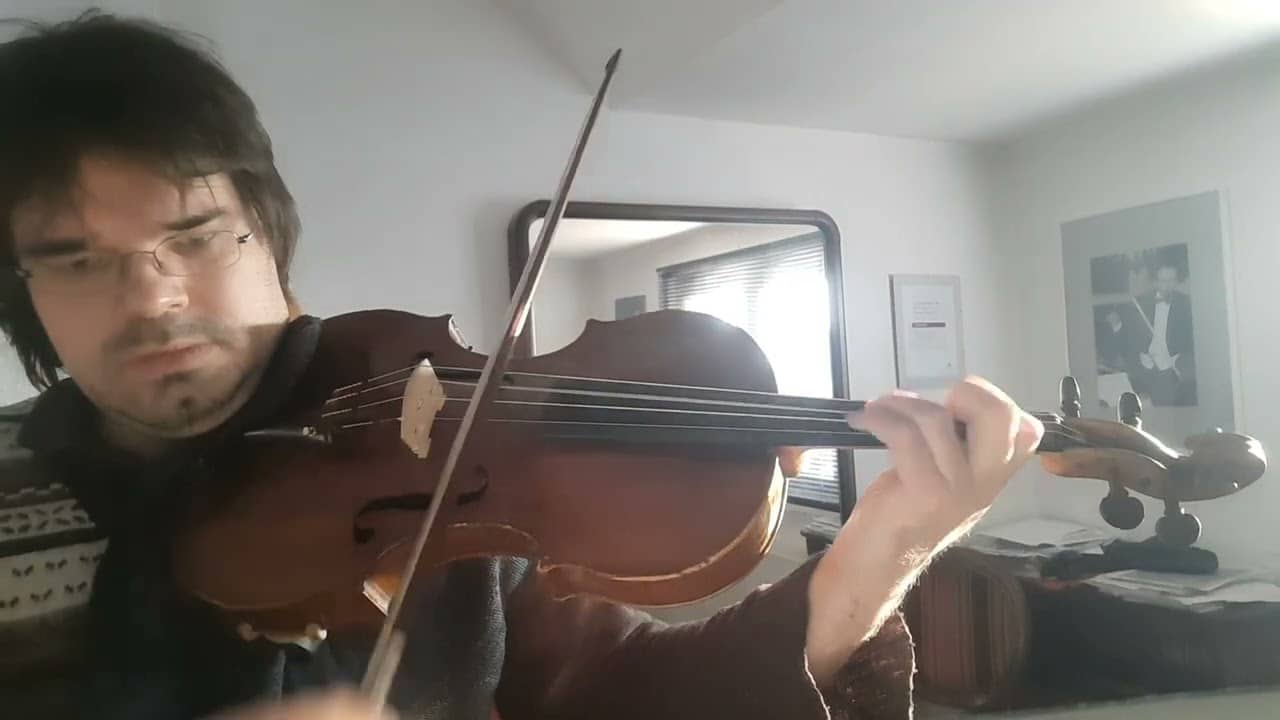
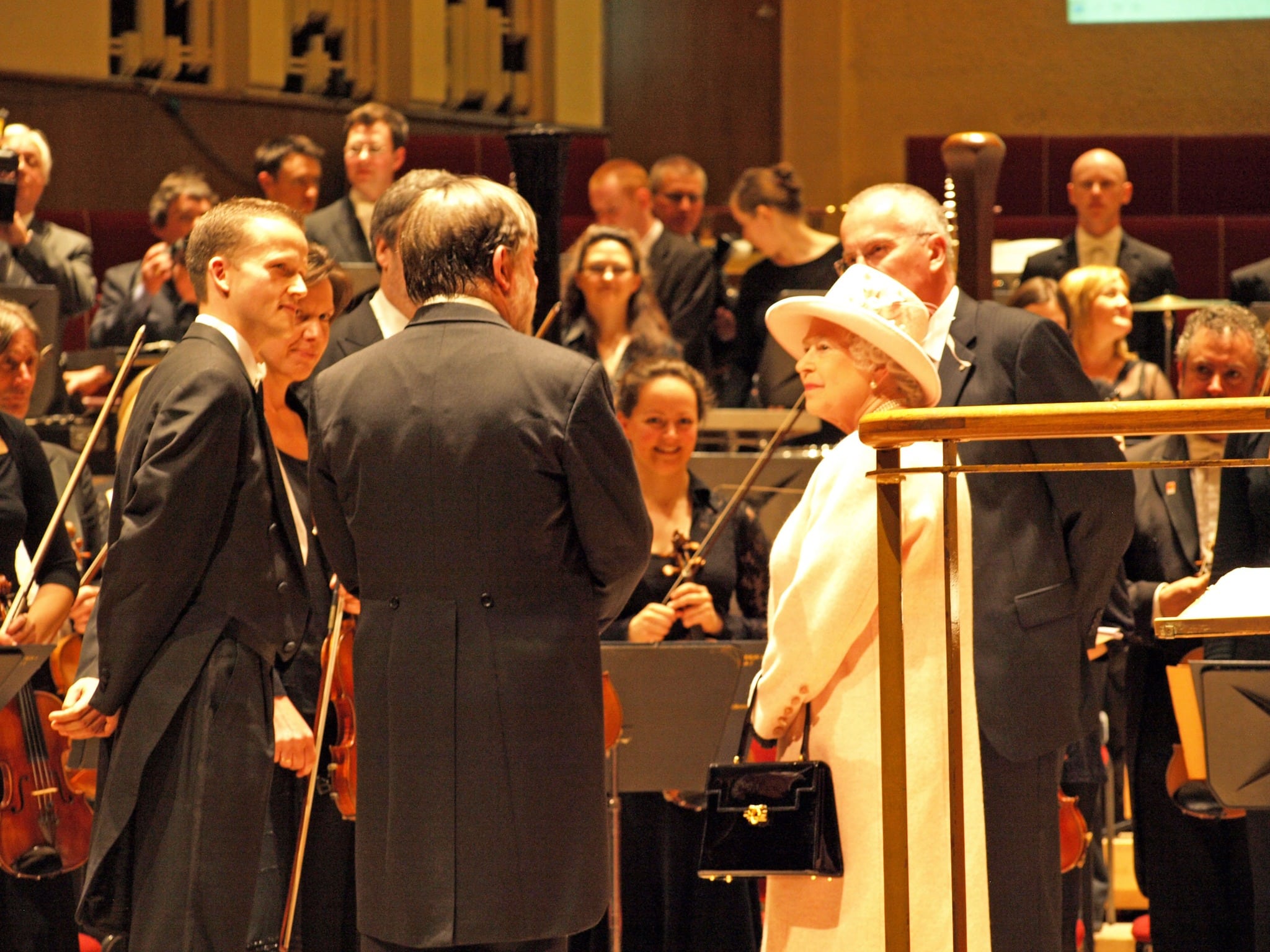
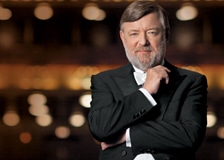
A first rate review in an age when a review of any kind is a scarce commodity, stylish, engaging and enlightening.
“As early as Bach, German-Austrian composers were thinking of dance rhythms not for feet but for mind and soul.” And look where that jig ended. What happens when abstractions of mind supersede the humanity of the body?
Nietzsche saw that the culmination of that culture would be when human life became clay in the artist-prophet’s hands, an idealized work of art cleansed and perfected through eugenics, a dance of the mind and soul transcending the body. For the sake of humanity, let us always dance primarily with our feet.
Why are we re-re-re-reminded every few years as if we just discovered the fact that Bach didn’t write his Suites or any of his music titled after dances, to actually be danced to?
He knew it, his contemporaries knew it, scholars know it, we know it. Yes. It’s beautiful, high art music. Nobody thinks you should dance to Bach’s Orchestral Suites or Cello suites or Violin Sonatas or Partitas…
If anyone does, they need to read more and we don’t always because of them have to rediscover this. We know.
If Bach wrote dance music, why would we assume it wasn’t for dancing? At aristocratic courts, such as Köthen, there were dancing masters (usually French), and there were formal balls for which the court musicians provided the music. There was a large university at Leipzig – did the students never dance? Conversely, concert halls for ‘high art music’ did not exist. Zimmerman’s coffee house was not the venue for large-scale orchestral suites. I think we should question this assertion that the hundreds of dance suites composed in the first half of the eighteenth century by composers such as Telemann were not meant for dancing – by professionals for display, or by ordinary people who had learnt the steps from the many dance manuals, and enjoyed social dancing.
Just because we now listen to dance music with our bums firmly on seats, it doesn’t mean that it was that way in the past. How about Strauss waltzes?
In the case of the solo suites, OK. And perhaps we should return to the idea that these were primarily exercises for study and practice. Orchestral suites are a different matter.
But people can dance to a single instrument, if that is all that is available. I know it is later, but Jane Austen heroines routinely are called upon to play the piano for everybody else to dance to. And in Mansfield Park, a ball is arranged simply on the discovery that a newly appointed servant could play the violin!
I think it is time for musicologists, historians of dance, and social historians, to start talking to each other.
‘It’s time to start talking’? About Bach? Because it hasn’t been done already? What I said isn’t controversial in any way. I said ‘BACH didn’t ever write music for dancing’. (The rest was all you). That’s a fact which if you haven’t yet encountered in whichever book about him you read, you should keep reading. No need to question things that aren’t in anyway unclear.
Of course I know that what you said is received wisdom. I also know that it is said that the Orchestral Suite lost any connection with actual dancing early in the eighteenth century, if it ever had any. I question that, because I don’t know of anybody who cites a contemporary source that absolutely rules out the possibility of orchestral suites, including Bach’s, being used as dance music. This may be because we know far less about the dance culture of that period and place (north Germany) than we do about instrumental musical culture — in contrast to the French court, where dance and dance music is quite well documented.
It seems to me strange that court Kapellmeisters like Graupner and Fasch, or town musical directors like Telemann, wrote between them hundreds of dance suites, in situations where formal balls, displays of professional dancing, and less formal dance parties were certainly taking place, if their music was never used for its obvious primary purpose; and the same goes for their contemporary J.S. Bach.
But I will continue to look for answers, and no doubt will eventually find convincing historical evidence to show that I am wrong to ask.
And I still think it is time for more conversations between musicologists and historians of dance and society.
And, yet,the Ballet world has seen the use of Bach for dance for some time.
I have in fact read more than one book about Bach: neither Wolff or Gardiner seem to have any interest in dance. I haven’t yet read this: Dance and the Music of J.S. Bach, by Meredith Little and Natalie Jenne. There are however quite substantial excerpts from the first chapter at https://www.amazon.com/Dance-Music-J-Bach-Expanded-ebook/dp/B07FZWW6FD.
The point is made that at in his two years at Luneberg from 1700 Bach was exposed to French cultural influence, including dance, and that over the next more than 20 years he was employed in German courts, where French-style dances would have been routine.
Furthermore, at Leipzig in 1701 there were three French dancing masters, and by 1736 there were at least twelve. There was clearly a demand for instruction in dancing in the French manner. Presumably therefore there balls and other occasions for dancing would have been frequent in the town. And yet Bach wrote dance music only to be heard? Come on!
And finally, try a brief search on Google and YouTube for baroque dance and Bach. That is, if you are in the least bit open to new ideas.
More grist to the mill.
At baroque Württemberg, “important occasions in the life of the court were celebrated with major ballet productions. … these entertainments provide a unique insight into the intimate working relationship between the resident French dancing masters and the court’s Kapellmeister. While their presence is generally ignored by musicologists, sizeable numbers of French violinist-dancing masters found employment in the German-speaking lands and thus played a central part in the dissemination of French musical style during the Baroque era.”
https://www.new.ox.ac.uk/node/1136
What, if anything , does the last paragraph mean ? Nietzsche was indeed saying that you could dance to Mozart
I wonder if there is a piece on program that someone, somewhere, has not at least partly used as music for ballet. Or tried to. Which of course is NOT the same thing as actually trying to dance the allemande to a Bach Allemande movement.
In 1988 the English Bach Festival filmed Handel’s Water Music, with period dancing: https://www.youtube.com/watch?v=YD4Qt8zIPbc
The Overture ends and the dancing begins at 15:10.
I don’t see why this would not work just as well for Bach. I couldn’t find a Bach Allemande, but here is a Bourrée. https://www.youtube.com/watch?v=seNflQgjg7g
Perfectly possible.
And also this, Minuet, Bourrée and Gigue: https://www.youtube.com/watch?v=T7kyLjtNObU
(Correction to other post: 1987, English Bach Festival Baroque Orchestra)
If you want to see dancing to Mozart, check out Tri-Angle, TVXQ!’s wild K-pop hit from 2004, which plunders Mozart’s Symphony Nr. 40
https://www.youtube.com/watch?v=GM8wZRaHXTg
The dancing begins at 1:35
“Yet this isn’t music for the dance floor; especially in this suite, Bach is invoking dance only to transcend it – he’s seeing the dancing of the spheres.”
Just a naive question and down-to-earth question: if (as everybody agrees) the Baroque Dance Suite was never meant for dancing, what did musicians who were engaged for balls and other social occasions involving dance actually play?
Another naive question: when people were learning to dance, who played the music? A keyboard player, or a violinist, solo?